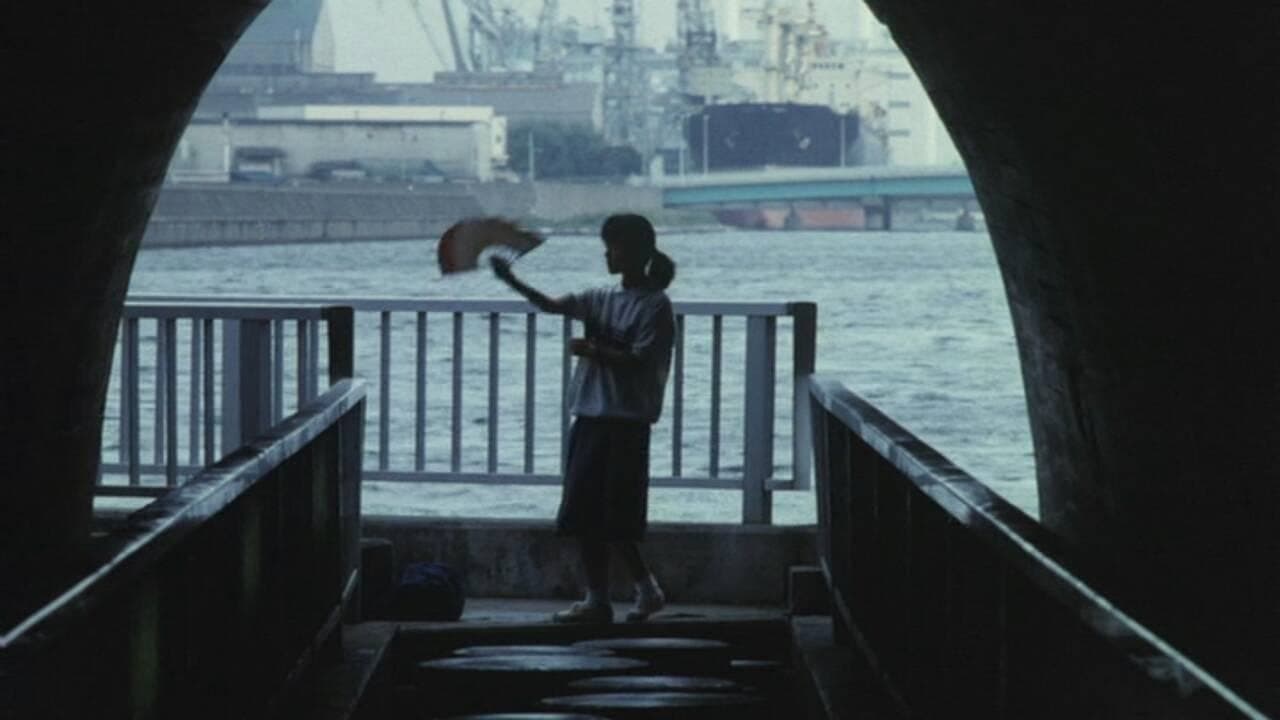20. Seen by Shinji Hamasaki
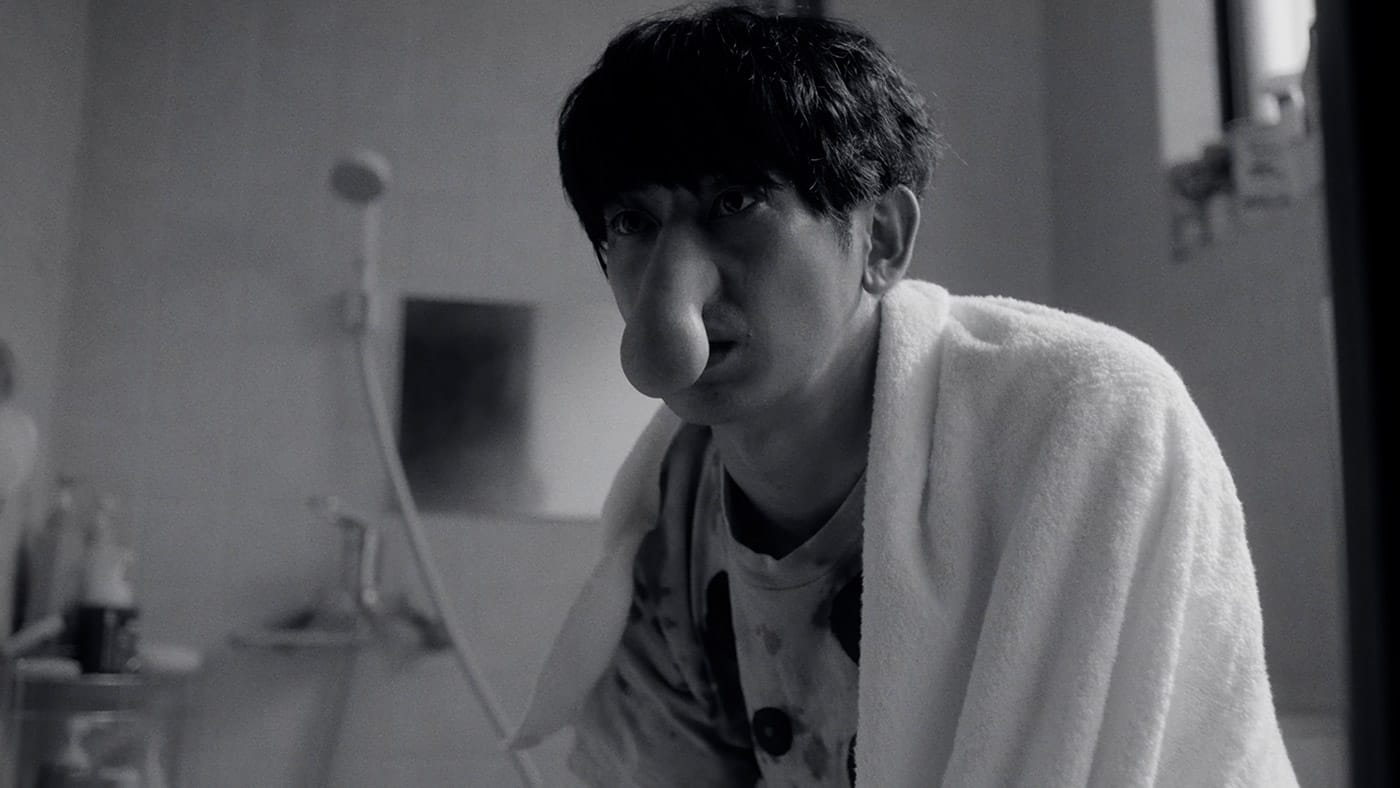
Shinji Hamasaki directs a delightful, even if somewhat dark short, in which he manages to communicate a number of very realistic and pointed comments, in the 24 minutes the movie lasts. The way appearance affects the life of people is obviously the most central one, in a remark that shows the shallowness of the majority of people, who can barely see beyond appearances. The various way bullying works, which actually extends to the life stories of both protagonists, is also commented upon, with the role social media play in the whole concept being highlighted in the most pointed way possible, as much as the lack of privacy SNS and smartphones have brought. That people find themselves going to extreme measures to change their appearance is also depicted, although through a metaphor, as much as the futility of such deeds. Lastly, the depiction of Fumi's exhaustion while drawing manga and the fact that she is awake in the dead of the night, which is how she meets Tatsuya, conclude the rather rich context here through a subtle remark on how the particular industry works. (Panos Kotzathanasis)
19. Ripples by Naoko Ogigami

Water, and the symbolism that arises from its inherent qualities, like its clarity and its calm and still surface, is widely utilised in “Ripples”, in many occasions. The most apparent is linked to the cult-like religion which Yoriko is devoted to. In Buddhism, water is used as a metaphor for the path to enlightenment and, just as purifying water, the Ryokumei-kai water aims to cleanse the mind of impurities, helped – of course – by generous money donations. But above all, as the devotees chant in their dancing routine, the holy water helps them to overcome fear, hence the popularity of these cult-like religions in the aftermath of tragic events. Yoriko has stashed under a dead calm surface her fear and rage for being left alone in the middle of the disaster, struggling to stay afloat as financial pressures and family misfortunes came to bear. However, this is a fragile and unstable composure, which is easily deranged by any unpredicted events. (Adriana Rosati)
18. Call Me Chihiro by Rikiya Imaizumi
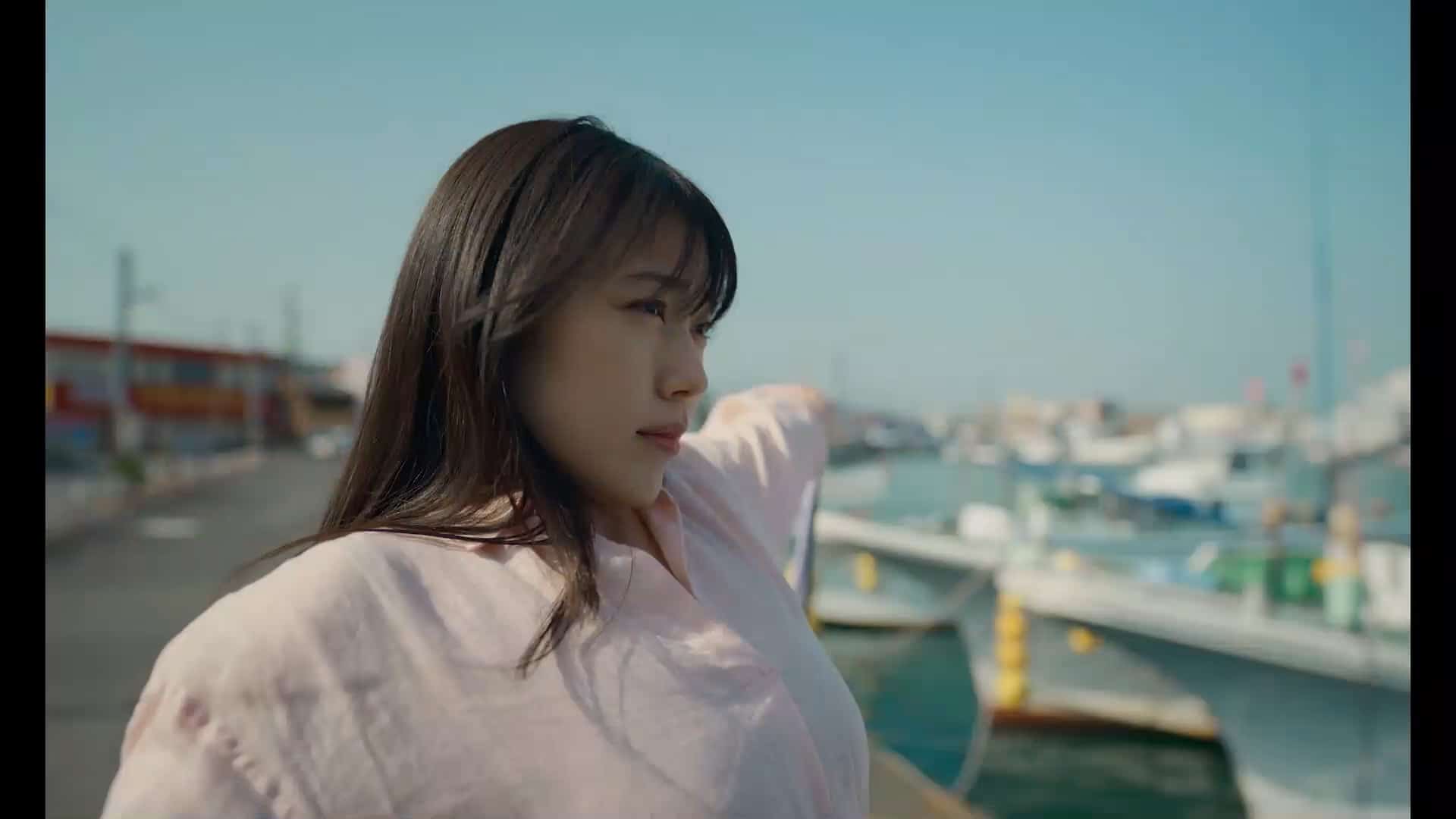
Rikiya Imaizumi directs a very tender movie, which uses Chihiro and the people she meets in order to make a number of sociophilosophical comments. The most evident one is about family, and how ones can be formed by people with no blood ties whatsoever, as much as how actual families can be a burden. Apart from this, a number of things impress in the narrative here. To begin with, although the structure is definitely episodic, Imaizumi succeeds in presenting a wholesome story, with Chihiro, the town, and eventually how all the characters come together, being the glue that connects the many different stories appearing in the film. (Panos Kotzathanasis)
17. Single8 by Kazuya Konaka
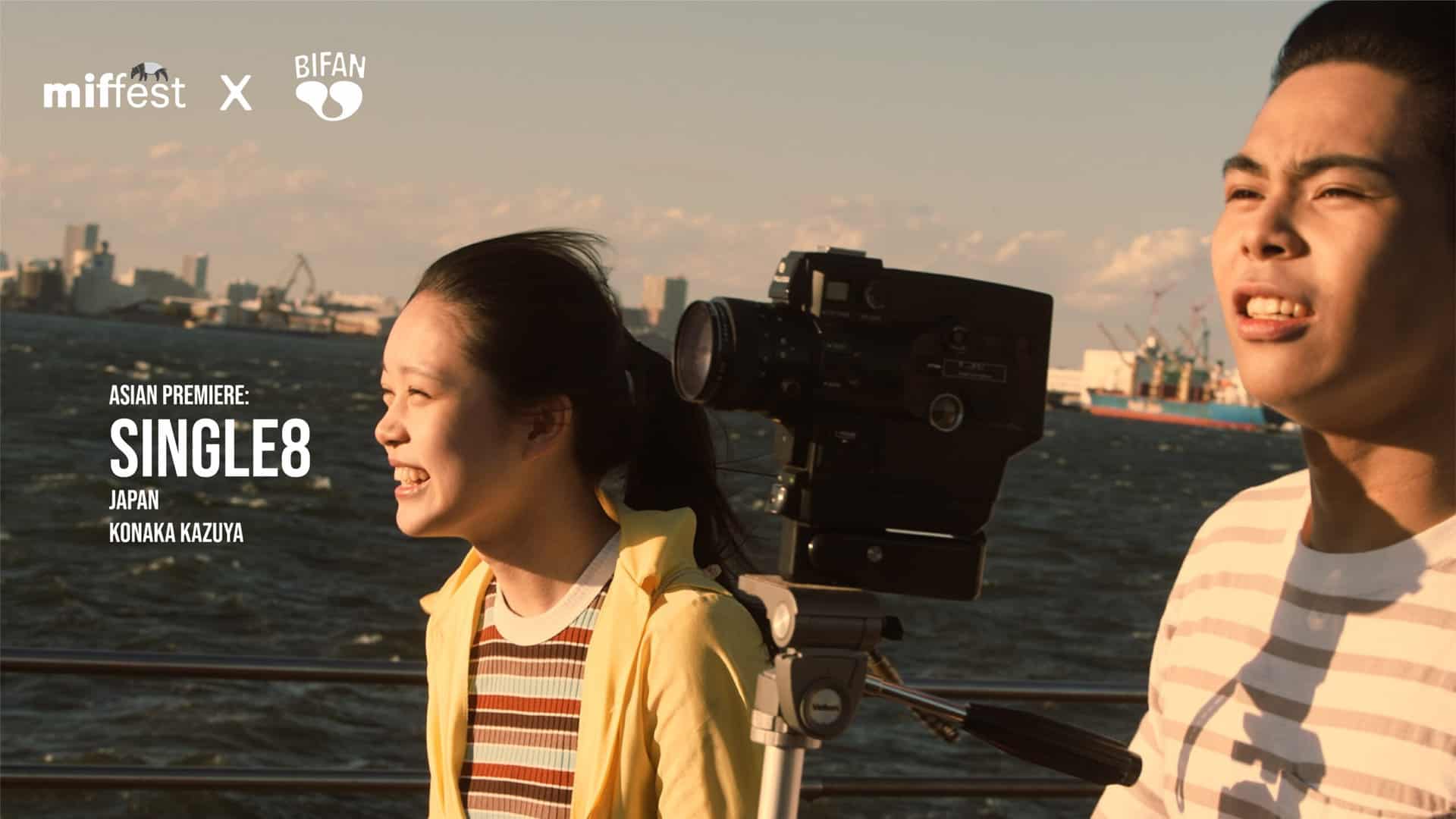
A coming-of-age story veiled as a love-letter to movie-making, ‘Single8′ wears it passions on its sleeve, following its cast as they mature from avid enthusiasts to storytellers in their own right. Director Kazuya Konaka, of whose teenage years the film is based on, captures their passions and determination with an inquisitive zeal, yearning for each new hurdle to reveal itself – whether it is the constraints of their diminutive budget or correcting the mirrored imagery resulting in shooting footage upside down – and be imaginatively solved as a growing collective. As Hiroshi's influences begin to dissolve into the background throughout the films runtime, his visionary ideas and that of his cohorts are given space to grow on their own, resulting in a witty, endearing, and inventive final piece with a message as poignant back in 1978 as it is today. (JC Cansdale-Cook)
16. Techno Brothers by Hirobumi Watanabe

Laden with dry humour, the story introduces the audience to the “Meta and meta pizza” in an Italian restaurant, to illegal cost-free “burials”, and strange conditional trainings for stage performances, while directly criticizing the impossible conditions under which contemporary artists work. The dog-eat-dog situation is given through the relationship between the cruel manager and the band that silently accepts her bullying. In Watanabe Hirobumi's 11th feature film, the precarious lives of artists are scrutinized with a large portion of irony. No success, no food, just tap water. No pain, no gain gets replaced by no winning prizes, no nourishment. According to the FEFF advisor Mark Schilling, Himuro's character was inspired by the former editor-in-Chief of American Vogue Anna Wintour which is given in her signature bob haircut and dark sunglasses, and a remake of a photograph with the cat the manager is using as the inspiration for success. (Marina D. Richter)
15. Side by Side by Chihiro Ito

Adapted from her own novel, Ito's second feature is wrought with poetic anguish, the revelations of which come with a calming ebb and flow, mirrored only by a resplendence the modern world has alienated itself from. But this ebb and flow is just as deceptive as it is recuperative, its security false, a lull in preparation for an unavoidable if not sobering confrontation. With each breath becoming heavier, weighted down by a beautified sadness, “Side by Side” delivers comfort with acceptance, its final exhalation one of pure elation. At a time when the world is once again in a hurry with itself, “Side by Side” takes but one last moment to revel in the stillness before its past catches up once again. (JC Cansdale-Cook)
14. Motherhood by Ryuichi Hiroki

Ryuichi Hiroki directs a very layered, very intricate story that manages to be both entertaining throughout and to present a number of comments regarding life in Japan, particularly for women. The way the hardships women face in a society where Confucianism is still prevalent is eloquently presented, particularly since three generations of women seem to suffer from the exact same issues, which occasionally, and rather surprisingly, are both self-imposed and hereditary. Looking at Rumiko essentially being tortured by her mother-in-law, one would expect her to do anything to protect her daughter. In this case, though, it is not only the opposite that happens, with Sayaka trying to stand up to her grandmother fed up with her treatment of her mother, but even when she does so, Rumiko chastises her, insisting that they must respect the elders at all times. (Panos Kotzathanasis)
13. My Mother's Eyes by Takeshi Kushida
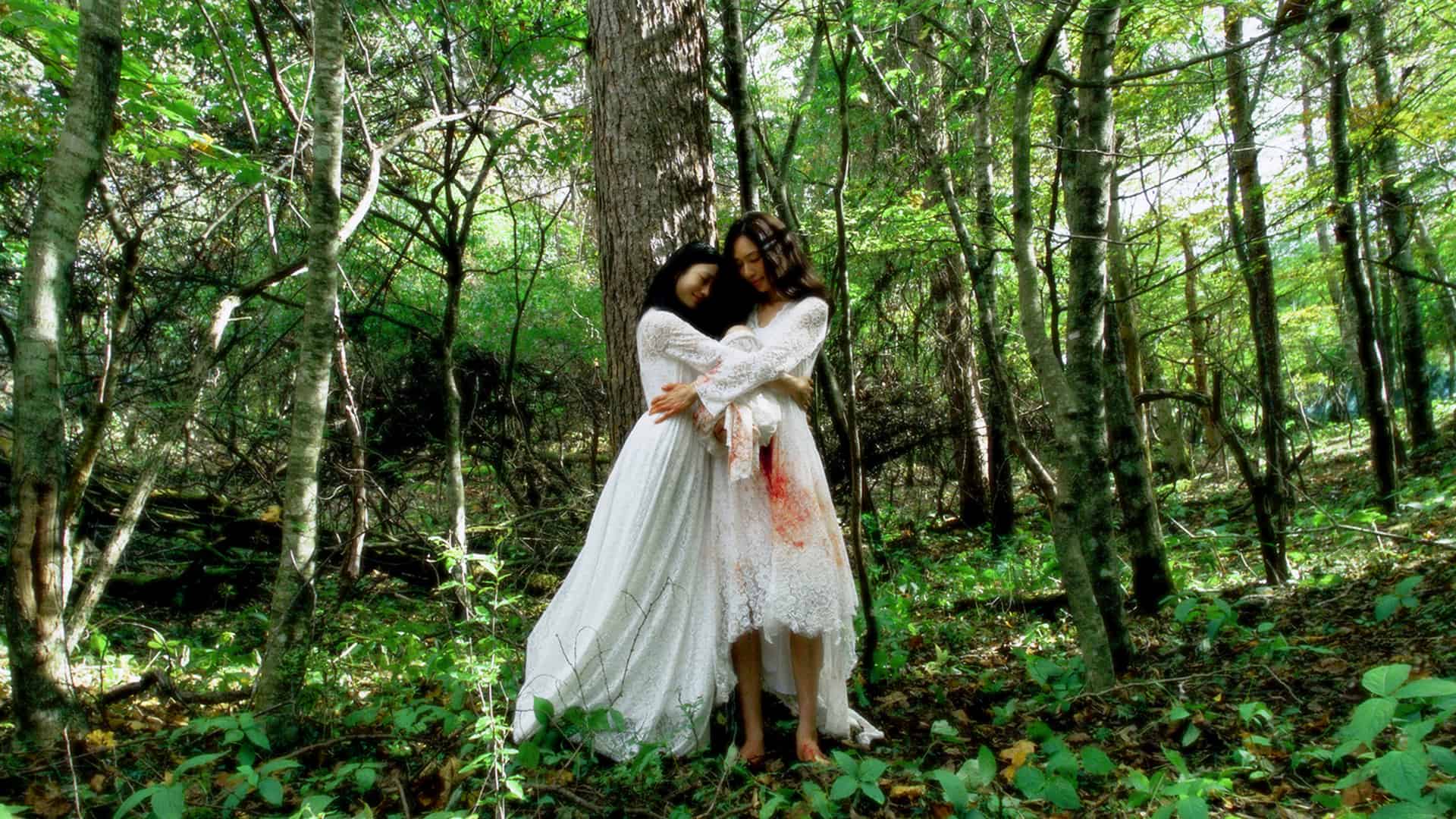
Takeshi Kushida directs a psycho thriller essentially, and the narrative will remind many of Kim Ki-young's films, although the sexual connotations are substituted by a mother-daughter relationship (and eventually a father-son one). The codependence that can frequently dominate this type of connections is implemented in extremes here, with the concept of the VR goggles essentially making the two women, one. And while the mother always seemed to want that, to create a daughter based on her own self, the way the daughter also starts to enjoy the concept, also because it is her only way out from the constant watching of the ceiling (as mentioned in the movie), definitely moves into the area of perversion. Especially since sex, violence, and in general, any experience the mother has, so does her daughter, as the two become more and more as one. (Panos Kotzathanasis)
12. Tales of Bliss and Heresy by Noboru Iguchi
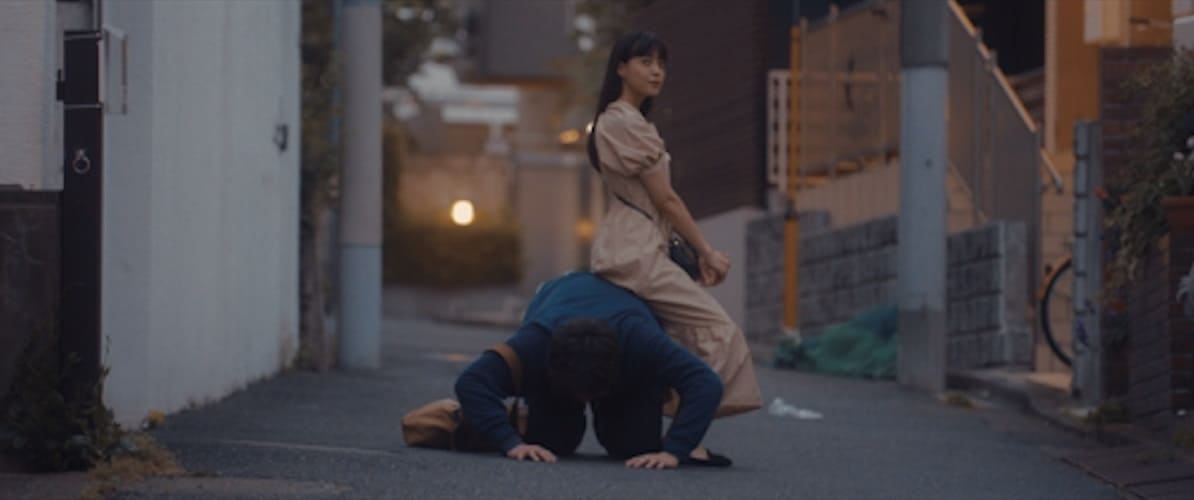
“Tales of Bliss and Heresy” is not a film for everyone, and the truth is that particularly the last part is not exactly for the faint-hearted. Underneath the extremity, however, lies a rather rich context and a number of very interesting comments, that show that extreme cinema can also be implemented in such a way, in a trait that is both of Iguchi himself and Japanese cinema as a whole. (Panos Kotzathanasis)
11. Mountain Woman by Takeshi Fukunaga
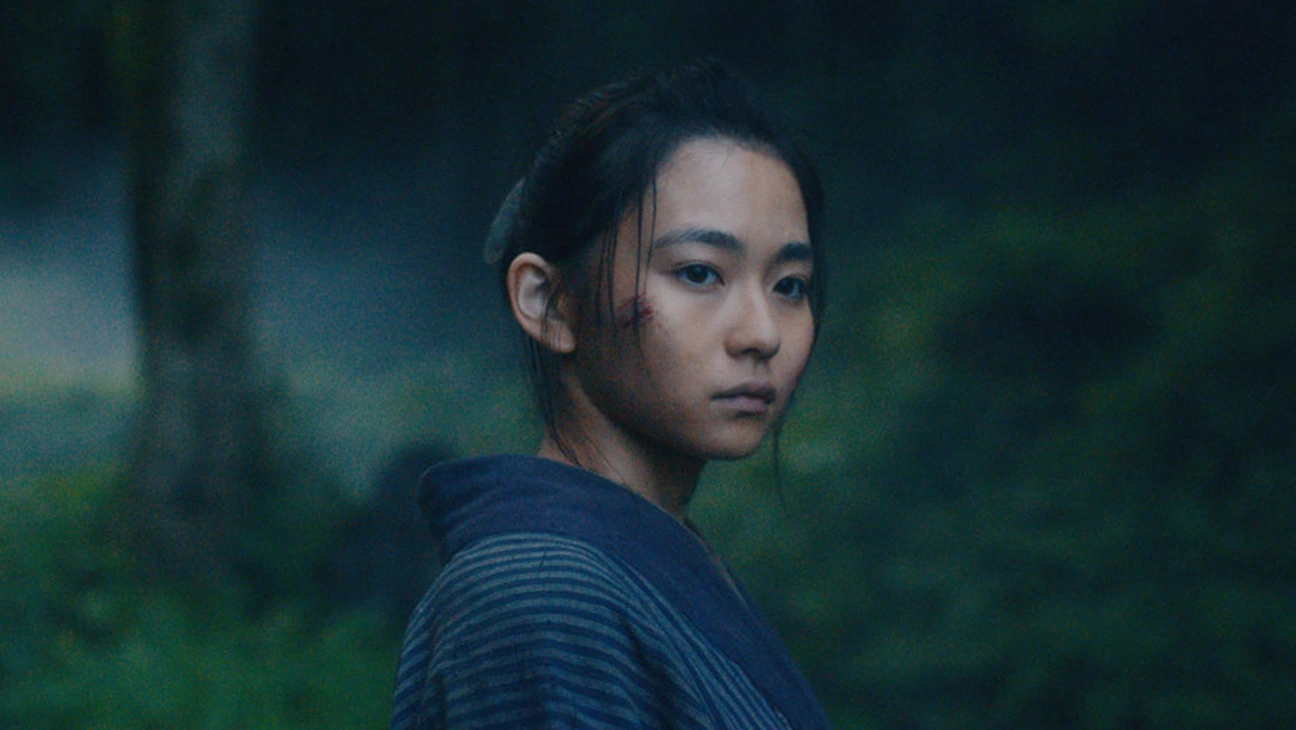
As some of the best period films do, “Mountain Woman” takes its historical setting and uses it to explore contemporary concerns of the individual and society. Hereditary guilt, social ostracization, and questions concerning religion all come to the fore in Takeshi Fukunaga's methodical feature. Some strikingly grizzled performances and gorgeous scenery complement an already stimulating narrative, all serving to make “Mountain Woman” a remarkably poignant period drama. (Tom Wilmot)




